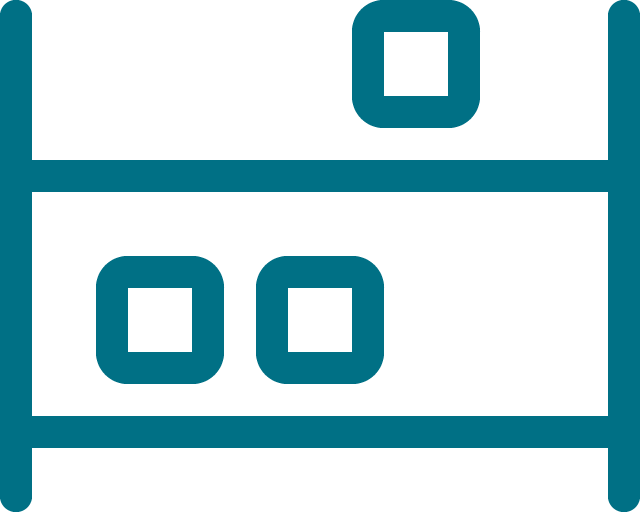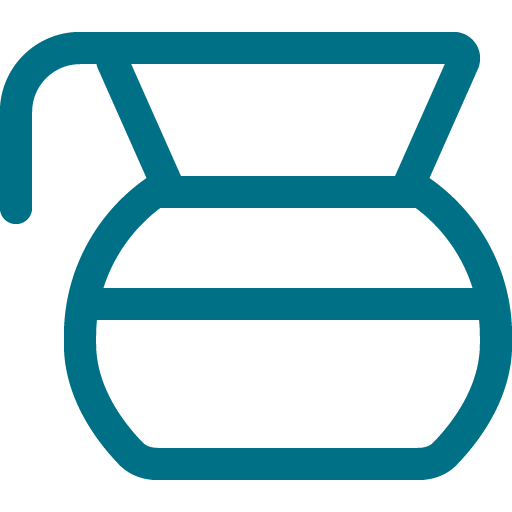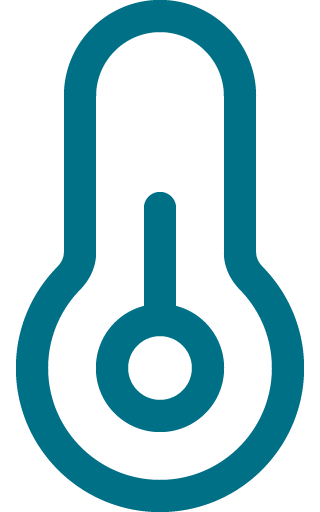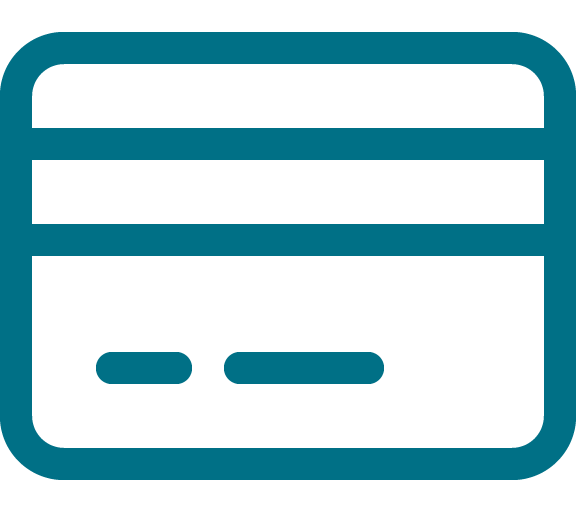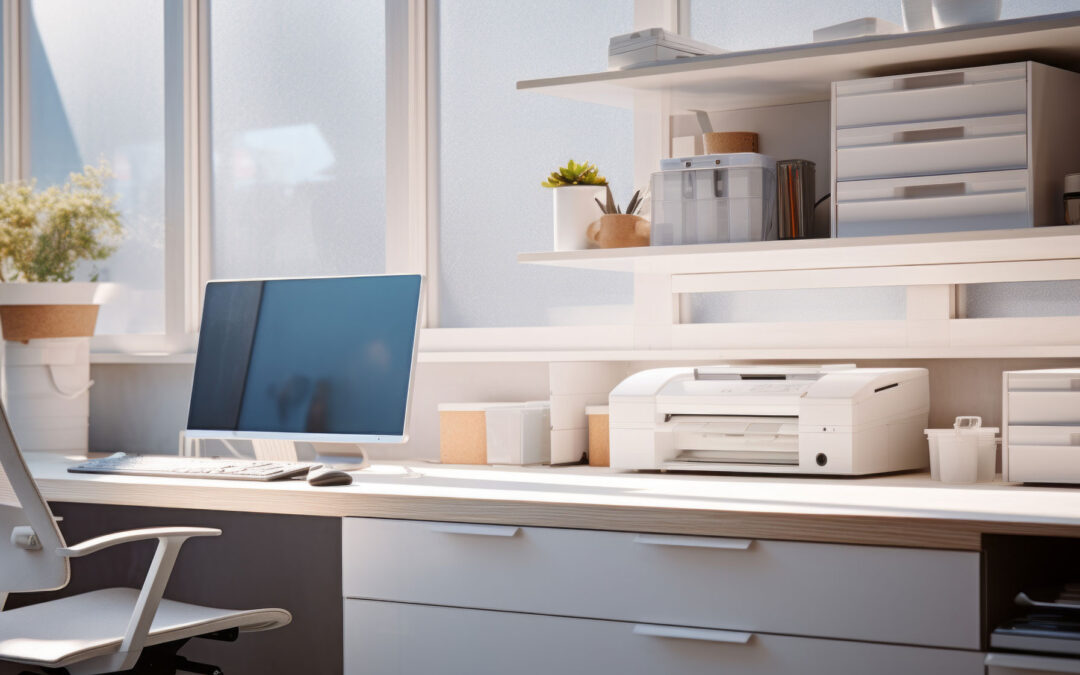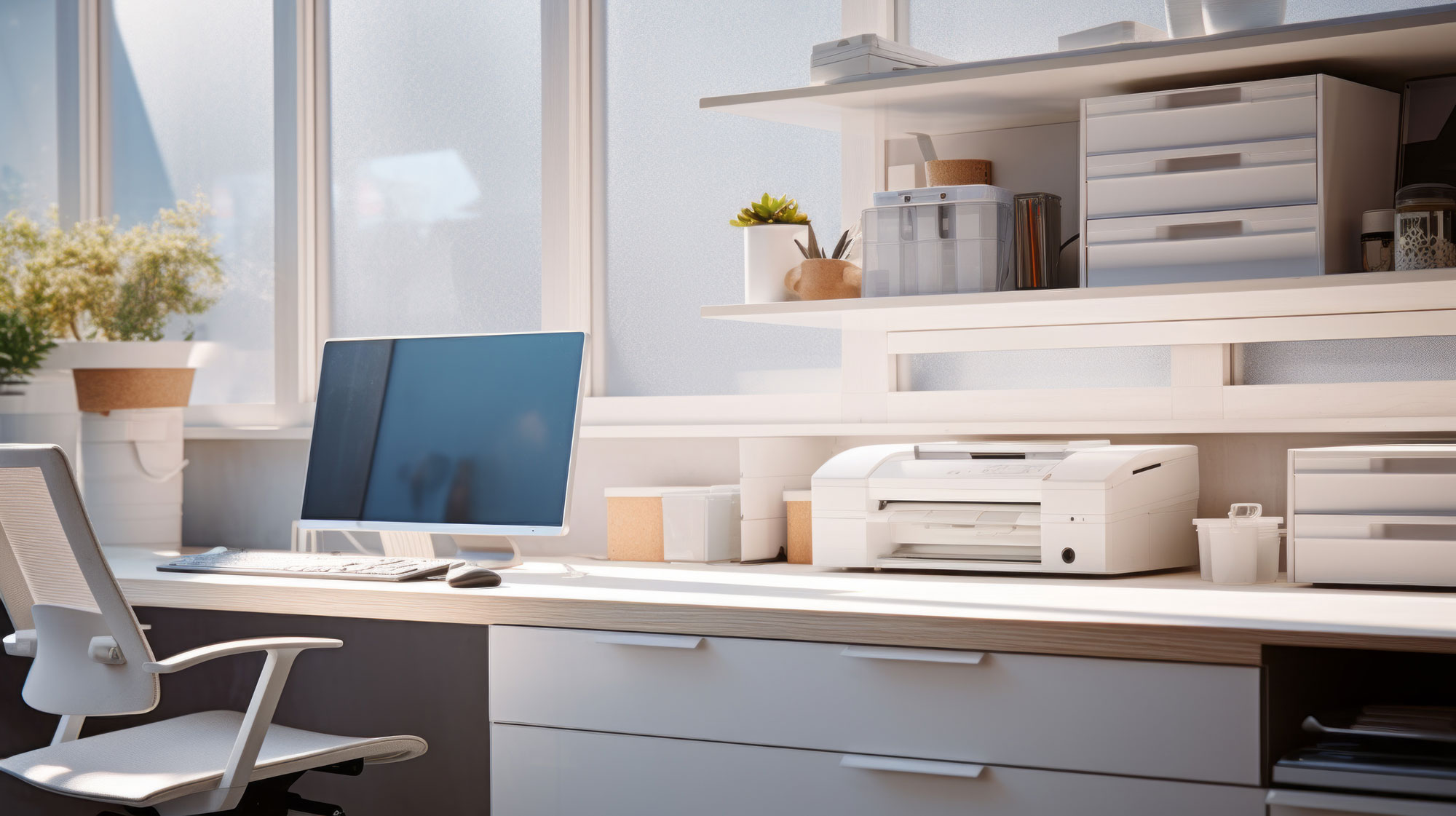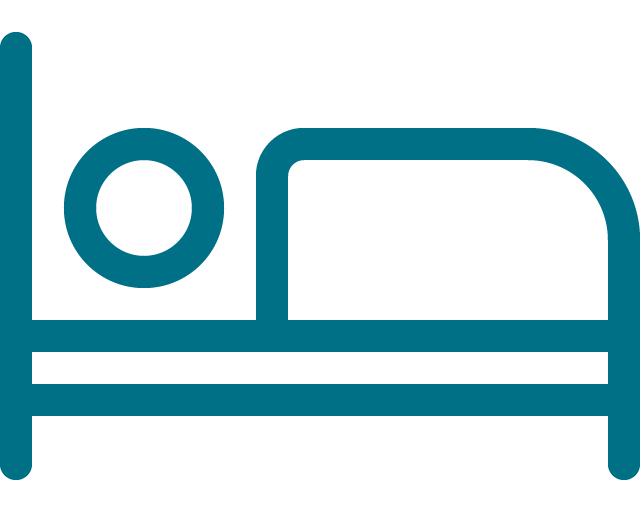
7 Things to Get Organized for a Family Trip This Summer

Planning a family trip can be exciting but requires careful organization to ensure everything runs smoothly. Here are some ways to organize for a successful family trip this summer:

Budget and Finances:
Budget Planning: Set a realistic budget for the trip, including accommodation, food, activities, and souvenirs.
Cash and Cards: Carry a mix of cash and credit/debit cards. Inform your bank of travel plans to avoid card blocks.
Expense Tracking: Use an app or a simple notebook to track daily expenses and stay within budget.

Travel Documents and Reservations:
Passports and IDs: Ensure all passports and IDs are up-to-date and valid for the duration of the trip.
Tickets and Reservations: Book flights, trains, or other transportation. Confirm hotel or rental accommodations and print or save digital copies of all reservations.
Travel Insurance: Purchase travel insurance that covers health, cancellations, and emergencies.
Itinerary and Activities:
Daily Schedule: Plan a loose itinerary with activities and sightseeing for each day. Include a mix of structured activities and free time.
Tickets and Reservations: Pre-book tickets for popular attractions, tours, and events to avoid long lines and sold-out situations.
Local Research: Research local restaurants, parks, and other points of interest suitable for families.
Packing Lists:
Clothing: Pack appropriate clothing for the weather and planned activities. Include swimwear, casual wear, and a few dressier options if needed.
Essentials: Toiletries, medications, first-aid supplies, and any special items like glasses or contact lenses.
Entertainment and Comfort Items: Bring books, toys, games, and electronics to keep children entertained during travel and downtime.
Transportation and Navigation:
Car Rentals and Public Transport: Arrange for car rentals if necessary and research local public transportation options.
GPS and Maps: Ensure your phone’s GPS is functional, and consider downloading offline maps. Bring physical maps as a backup.
Parking and Directions: Look up parking options at your destination and note directions to key places.

Health and Safety
Medical Needs: Pack any necessary prescription medications and basic first aid supplies. Check if vaccinations are needed.
Safety Precautions: Make sure everyone is aware of basic safety rules for traveling, such as staying together and not talking to strangers.
Emergency Contacts: Keep a list of emergency contacts, including local emergency numbers and contact information for your country’s embassy.
House Preparation
Home Security: Arrange for a neighbor or friend to check on your home, collect mail, and water plants.
Utilities: Set lights on timers, and adjust thermostats for energy efficiency.
Pets: Make arrangements for pet care, through a pet sitter, kennel, or a friend.
By organizing these aspects in advance, you’ll ensure a more enjoyable and stress-free family trip. Plan ahead so your family travel is more relaxing.
Simple. Life. Solutions.
We would love to put our talents to use making your home and office functional and organized. Let us know how we can help your space be the best it can be.










